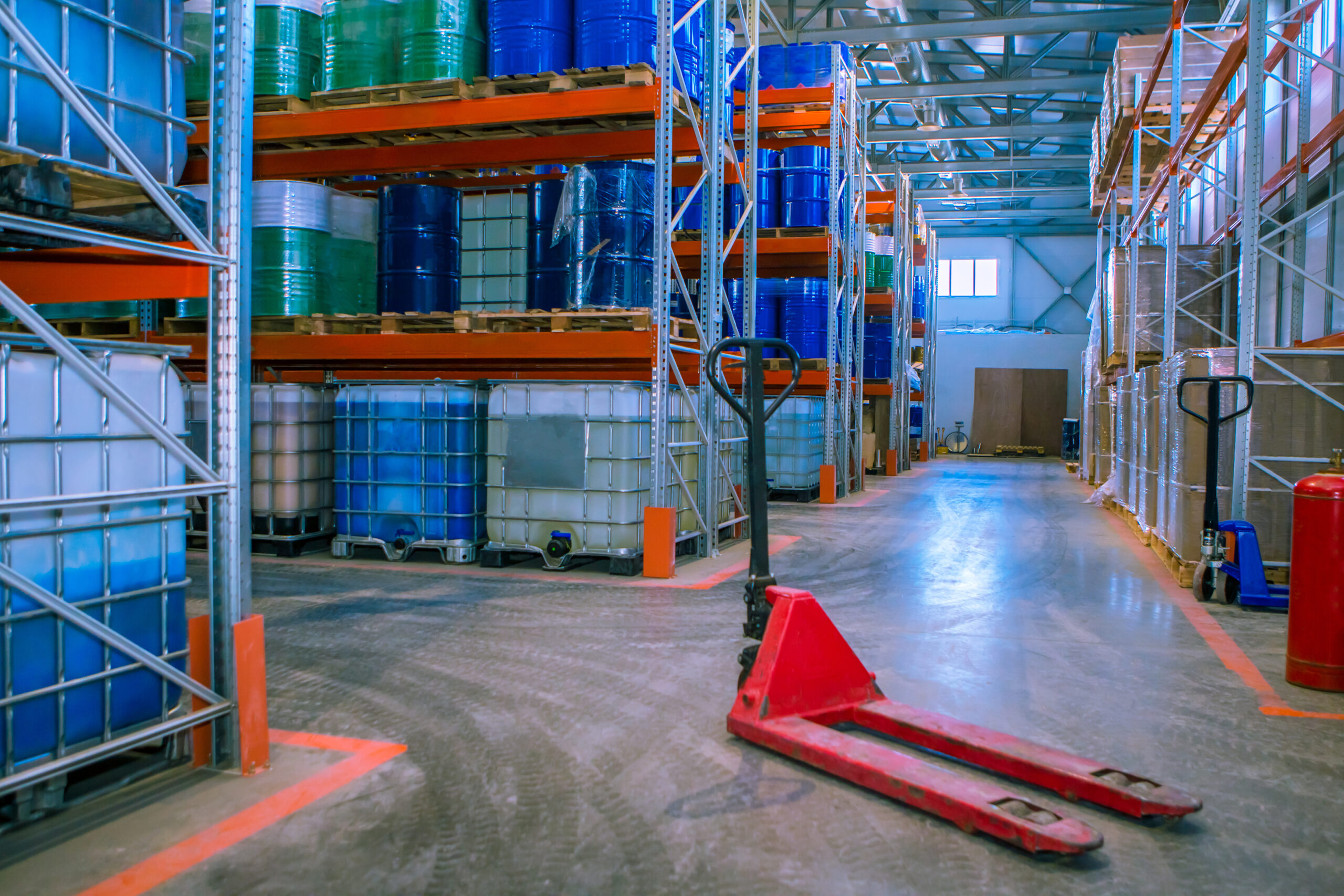Determine Storage Classes with Safety Data Sheets
To mark the occasion of TRGS 510 updated in February, I will take a look at storage classes and how you can find out about them with the help of the safety data sheet.
The storage class of a hazardous substance according to TRGS 510 is a good way to determine storage conditions and whether certain hazardous substances can be stored together or rather not. If it is missing from the safety data sheet (SDS), it is possible to determine it yourself with certain information.
Basis for the storage class and where to find it
You can find the storage class in the Technical Rules for Hazardous Substances, TRGS 510 [1], where it is part of the determination of storage possibilities. For hazardous substances, you can find it in safety data sheets.
Anyone looking for the storage class in the safety data sheet would perhaps assume it to be under section 7.2 – Storage. While the storage class may be mentioned at this point, it may also be indicated in Section 15. The safety data sheet is based on European law and national legislation and summarized in section 15.
What to do if the storage class is missing?
If you cannot find a storage class in one of your safety data sheets, you can also determine it yourself. To do this, you need certain data from the safety data sheet:
- The assignment guideline from TRGS 510, Annex 2, A.2.2 [1].
- The H-phrases from section 2.2 of the safety data sheet.
- The UN number from section 14, if it is a dangerous good.
- The hazard label number and packing group from section 14, if it is a dangerous good.
- In case of doubt, further literature (2nd Explosives Ordinance, DGUV Regulation 13, TRGS 511).
In addition to this information, it is also important to know whether the hazardous substance under investigation is flammable. Attention: A hazardous substance can burn and still not be classified as flammable (e.g. Flammable liquid Flam. Liq. 2).
Using this information and the assignment guideline, you can determine the storage class yourself. The guide is already written so that the first applicable property leads to the correct storage class.
What happens next?
With the determined storage classes, you can plan possible storage together in the same storage sections of different hazardous substances. In general, the aim is to ensure that no greater danger arises from the combined storage than from the storage of the individual hazardous substances. Details on the storage of hazardous substances with certain properties and on combined storage can also be found in the TRGS 510 mentioned above.

